She's like one of my birds, my ephemeral clients, come to settle in the nest for a summer. It's been a seemingly endless stream of days that are very much the same. Confined, becalmed, cast out of our former lives into this odd replay of high school summers, we are frozen in time, bewildered but also knowing we are blessed to be together. We are reduced to our elemental selves, back in our old roles. And yet we know it will end; we will all find ways to move back into our old lives. And so it seems to be happening.

I hear her talking to her laptop, to the people appearing in little squares on its screen, who've hired her to counsel high school students in the mountains of North Carolina. She's found a job--no small feat-- during the pandemic, all those hours of searching finally culminating in this. She's forming bonds, training for her work, expecting to fly the nest next month. We'll have to get her a wardrobe and a car and all the million things it takes to set up a life eight hours from home. It's as sudden as the months since March have been slow, and a bit overwhelming for her mama. In the long view, she is doing what she must as a young adult. She must start her own life, earn her own way, and she's fiercely determined to do it. She was literally kicked off La Gomera in the Canary Islands by her sponsoring organization, Fulbright, when the pandemic hit in mid March. Phoebe had to leave her elementary school students, her fellow teachers, her home, their dog Arafo, and her love, Oscar, with no assurance of when they'd see each other again. But they talk and laugh in the afternoons, so grateful to be connected by the miracle of video calling. Somehow they will be together again, but it's not going to be easy or soon. He waits patiently for that day in the bright Gomeran sun.

She has handled it all with grace and grit, longing and love. Oscar has responded with incredible strength and positivity. He's back at work and saving money, studying English on DuoLingo and practicing conversation with Phoebe and us every day. I've been awed and humbled by their ability to adjust to their separation. What's their choice? She wants to be happy and independent, to find her own way. So she puts one foot in front of the other, and dreams of somehow getting Oscar over here to start fresh together. America as we know it now will have to change a lot for that to happen. But it is changing, every day. We are well past ready for that change, for relief, for love and tolerance to conquer chaos, hatred and fear. I don't think we're alone.
Curtis helps. We all fall on him, inhale his woodsy scent, hug him as if our lives depended on it. He has lots of work to do here. He loves being wallered on all day long. He loves his long walks in the orchard and meadow.
Flowers have helped. It's been ages since she's been home for lilac bloom! Oh, to get to experience spring oh so slowly arriving, what a gift that was. Now we pray for the rain that seemed in May as if it would never stop. Prayers were answered today with a torrent!
The woods have helped. Going into the woods is one of Phoebe's very favorite things to do. As if they knew we needed them, perhaps 50 showy orchis plants threw a party in a little gully in the farthest reaches of our 80 acres back in April. We hadn't even known they were there, and suddenly they were everywhere.
They came up, among many other places, right in a circle of stones that Bill made back when the kids were little, and we packed up everything it took to cook hamburgers in the snowy woods on the coldest day of the year. He built a fire right there, and cooked our dinner. Oh, what a moment when we found that ring of rocks and realized what it represented: when we'd last been there together.
We turned over the stones, now gone mossy, and remembered. We've been talking about him every single day, keeping him alive in our minds and hearts. Part of being home, of course, is remembering what it was like when he was with us. Phoebe and Liam don't want to forget anything, and neither do I. We miss him, his expert guidance ("Here's what you need to do...") and the rich Thompson family history he could tell. We are a bit adrift without him. But we're finding our way.
She's been tending two new Moultrie game cameras, seeing what walks our paths when we're asleep or otherwise occupied. She looks for the perfect place to situate them, her trusty cur by her side (or ranging far, as he pleases). I love to see her suit up and go off by herself into the woods. She's a Maxi-Me, at 5'9".
There have been many memorable meals, three a day last I counted. We've all done some cooking.
 |
| Spinach/feta salmon burgers with asparagus and watermelon on a pretzel bun-- ole! |
And on May 9, she brought home a tiny naked song sparrow nestling, found on the side of an asphalt road on a drizzly 37 degree afternoon. It had been discarded by its parents, we think, who couldn't keep it warm or fed, so they took it from the nest and dumped it on the roadside.
Together we raised it up, fed it hundreds of times, saw it grow strong and wild, and then let it go.
Dustin deserves her own story. What a bird!
From this
to this!! in 45 days!
Phoebe was happy to move her job search outside to better accomodate our recent fledgling's need for food and companionship. Believe it or not, the new WiFi she researched and obtained for us reaches out to the chaise, in the shade of the Japanese maple! (Curtis gets his own chair, though he prefers the chaise and steals it the second Phoebe leaves to get something).

Yes, along with Liam, she's also in-house tech support and advisor. She helped us break free of HughesNet satellite "service," which was a lotta money for practically nothing. I'd been shackled by it for twenty years. Now, getting Internet through our LTE signal, (Cyberonic Rural Internet Providers) we can do most of the things that normal folks can. Like watch videos, blog, Facetime and Zoom. Phoebe swooped in just in the nick of time to save us from the Dark Ages. That first couple of months were really tough, when we were all living under one roof just as everything went online. We were still hamstringed by HughesNet and its paltry 15 gig/month "allotment," which invariably ran out within four days. It would take me hours just to upload the photos for a blogpost like this. Now, it still takes me hours, but not because of a snail-slow connection. :/ Thanks for the rescue, SuperGirl! You've made our lives ever so much easier, faster and better!

Liam says Yay Phoebe! I can stream things now!
We have had some nice walks down Dean's Fork to visit the beavers and hear the wood thrush concerto at dusk.
One of the unexpected gifts of the summer was all that rain in the spring. It filled up the puddles on the road that leads to our Personal Oil Well. (It's an Appalachian Ohio thing). Phoebe began monitoring them for frog eggs and tadpoles in late May and by the first week of June she was fully engaged, with American toad, mountain chorus frog, spring peeper, and gray tree frogs all going wild out there. When the rains stopped and the broiling heat started, she began toting jugs of rainwater to two puddles. She wasn't going to let a tadpole die on her watch. She enlisted Liam to carry some, and carried lots herself. A pint's a pound the world around; each jug is 5 gallons, so that's a 40-pound load on those shoulders.
By last week, it was getting so dry we were filling one of the puddles twice a day! I drove the tractor and wagon out with four jugs. All told we've probably toted more than 50 gallons of rainwater out to help the tadpoles. We moved those taddies to a more reliable puddle.
It's work, like everything else, to keep puddles full in a bad Ohio drought, but oh, the rewards are so rich. First to grow up and go were the mountain chorus frogs and spring peepers. I'm not pretending to know which one this is. We're just glad it's alive!
Rana, the Frog Princess, keeps everything documented, just like her mama.
There were other cool things in that puddle. Here's a predaceous diving beetle,
Acilius mediatus, next to a maturing gray treefrog taddy. See its little hinders folded up? We have found this beetle to be no threat to the tadpoles, though perhaps small ones might be at risk.
Phoebs has discovered that the gray treefrog taddies get pallid and thin right before they frog out.
As well they should; their mouths are changing from a sucker/scraper/radula thing to one more like ours! Probably hard to eat while your mouth is metamorphosing. Liam wondered aloud if it hurts. Dang good question, Science Chimp Jr.
And then, TaDAAA! you're a treefrog! Green for camo to start. Still with the little buttnub of your tail. Oh man. You are CUTE.
But for Phoebe they wouldn't be on this earth.
All 250 of them would be a sad handful of dried mud. This was taken just a few days ago, when the smaller puddle finally dried up, despite our efforts. We think the deer and turkeys were drinking it down. We panicked, then quickly moved them to a nearby, deeper puddle that's reliable, and now we're augmenting that one. We have two puddles going; one with 170 tadpoles; the other with maybe 80.
And every day we go out at least twice and see who's popped out of the water. Oh, it's sweet.
Sweet, like a girl who's turning 24 today.
Who loves her brother, her dog, and her mama
who wears her grandpa Thompson's naughty hat with style
and is growing up just like the child of our red oak grows, straight and tall, strong, slender and true.
Happy birthday, dear Phoebe. Happy birthday to you! This is a little blog to remember your summer by. It has been the greatest gift to have you and Liam here together for the spring and most of the summer. I will never forget it. You are the best, the boldest, the brightest stars in my sky.
If you are thinking of taking Curtis to North Carolina with you, think again.



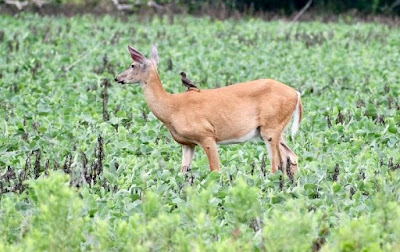












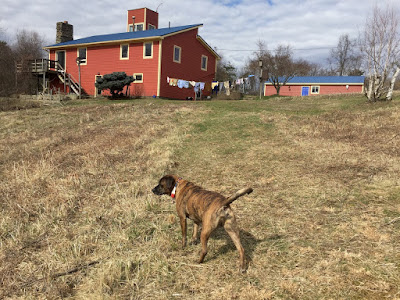



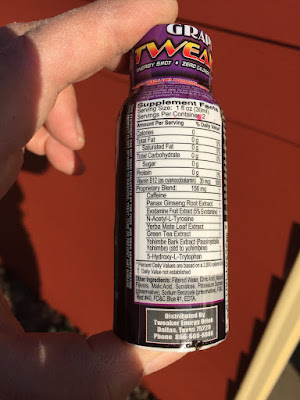


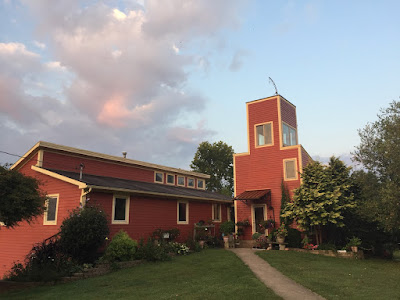














































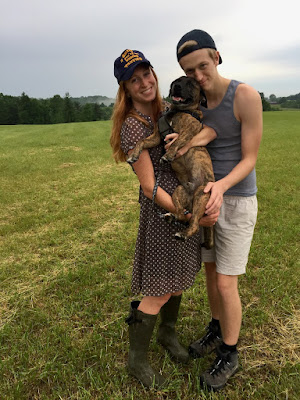


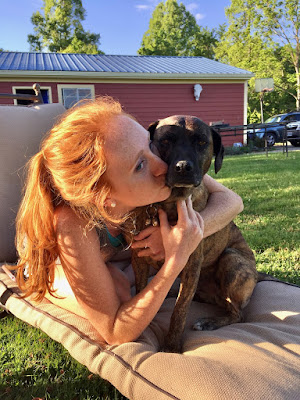






Friday, July 31, 2020
21 comments